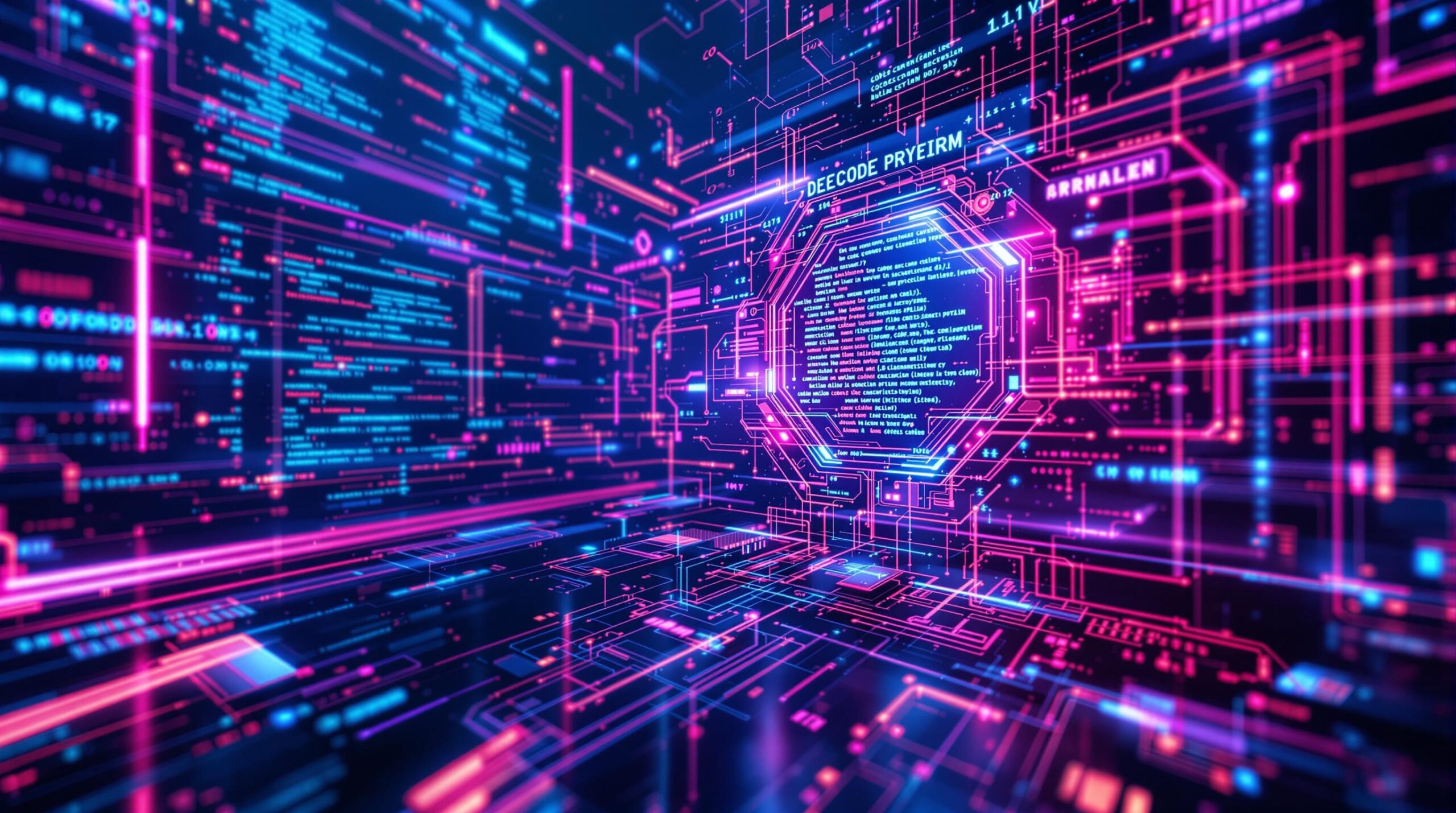Bytedance hat mit „Seed Diffusion Preview“ ein KI-Modell entwickelt, das die Code-Generierung revolutioniert.
In Kürze
- Beeindruckende Geschwindigkeit von 2.146 Token pro Sekunde
- Parallelverarbeitung für schnellere Ergebnisse
- Zweistufiges Trainingsverfahren zur Fehlervermeidung
Bytedance’s New AI Model: Seed Diffusion Preview
Bytedance has made a significant advancement in code generation with its new AI model, „Seed Diffusion Preview.“ With an impressive speed of 2,146 tokens per second on specialized Nvidia GPUs, this model sets new standards. The key feature: it generates code elements not sequentially, but in parallel. This saves time and ensures a smooth process.
The Secret Behind the Speed
The secret to this speed lies in an innovative technique called „Discrete-State Diffusion.“ Originally developed for image data, it has now been adapted for text and code data. While traditional methods proceed step by step, Seed Diffusion can predict all parts of the code simultaneously. The result? A significant increase in speed without compromising quality.
Two-Stage Training Process
To avoid typical errors and optimally replicate the code structure, the model relies on a two-stage training process. First, a mask-based training is used, followed by an edit-based approach. This ensures that all parts of the code are correctly adjusted and verified.
Efficiency Optimization
Additionally, a special method optimizes the generation steps, further enhancing efficiency. Bytedance is already testing this model against other comparable approaches and achieving remarkable results.
Parallel Block Structure
Another advantage: The AI is structured to work in blocks in parallel. This significantly increases efficiency once again. Bytedance aims to further explore and improve the capabilities of this model to tackle even the most demanding tasks. It will be exciting to see how these developments will impact the programming landscape.
Quellen
- Quelle: Bytedance
- Der ursprüngliche Artikel wurde hier veröffentlicht
- Dieser Artikel wurde im Podcast KI-Briefing-Daily behandelt. Die Folge kannst du hier anhören.




